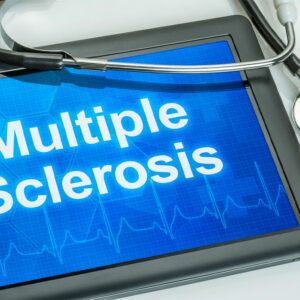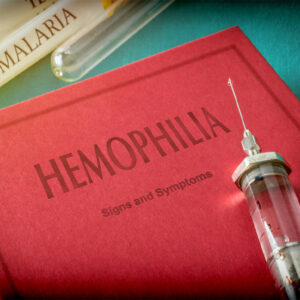
01
Multiple Sclerosis – Tips to help manage the condition
Multiple sclerosis (MS) is an ailment of the central nervous system and brain. When this disease advances, it can cause deterioration or permanent damage to the nerves. The symptoms vary from person to person since the signs depend on the level of damage to the nerves. Some common signs include numbness, tremors, lack of coordination, and slurry speech. Here are the treatment options, meal plans, and tips to help alleviate the signs of multiple sclerosis: Treatment options Ponvory Ponvory, also known as ponesimod, is used for treating multiple sclerosis. It works by preventing the lymphocytes or immune system cells from attacking and damaging the nerves in the spinal cord and brain. It can also help to reduce the occurrence of MS episodes. It is available only with a prescription and can cause side effects such as high blood pressure and shortness of breath. Kesimpta Ofatumumab is the active ingredient present in kesimpta, and you can only get it with a prescription. It can be administered using a syringe or injection pens. The treatment is used for different kinds of MS, and it works to prevent the immune system cells from damaging the brain and central nervous system. Side effects can that can occur are mild urinary tract infections, fever, or fatigue. Ocrevus The generic name for ocrevus is ocrelizumab, and it is used for treating several kinds of multiple sclerosis. It can help minimize MS episodes and slow down the damage to the nerves. Ocrelizumab falls in the category of drugs called monoclonal antibodies. It can side effects such as throat pain, cough, and skin issues such as rash or hives. Foods to eat and avoid Foods to eat Foods rich in vitamin D It has been observed that people suffering from MS have a higher risk of getting osteoporosis.
Read More 










